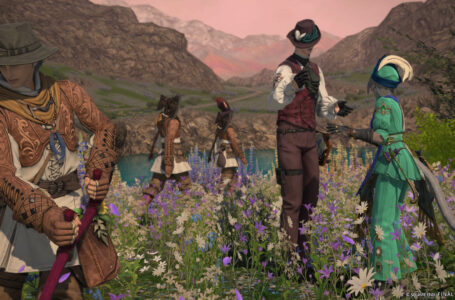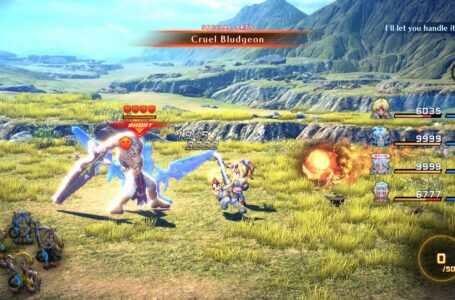Final Fantasy XVI puts all other blockbuster releases to shame
Final Fantasy XVI is an incredible video game. It’s beautifully presented, it plays brilliantly, it is emotionally engaging and narratively rich — and it’s hard not to look at it and make comparisons to what is going on elsewhere in the triple-A space.
Final Fantasy has long occupied a rather curious space in gaming where, by most people’s definitions, it is a big-budget triple-A game — but it never quite feels like one. Instead, individual entries always feel very much like creative projects where the people behind them have been given a hefty amount of funding to realise their ambitions. This sometimes leads to divisive decisions being made — but the series remains worthy of respect.
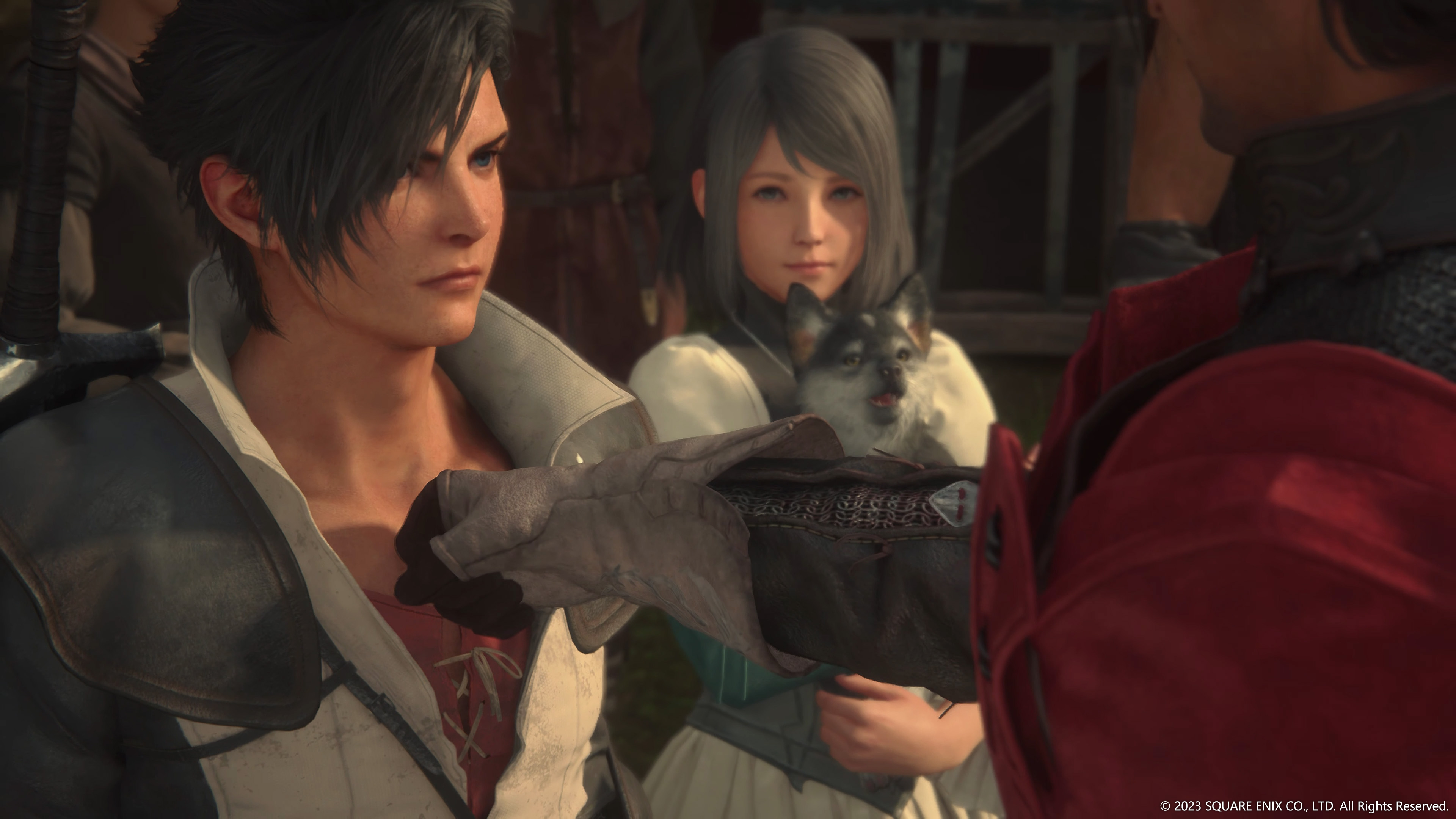
That’s because at no point has there ever been a feeling that the Final Fantasy series is trying to pander to the whims of an imaginary audience. At no point has there ever been a corporate presentation about Final Fantasy in which a man in a suit who has never read a work of fiction walks out on stage and starts talking about “the quality and excellence our consumers expect”. At no point has there ever been the sense that Final Fantasy has been “designed by committee” or focus-grouped into oblivion.
And, as Final Fantasy XVI demonstrates, that is emphatically a good thing. The result is a beautifully polished work of interactive art that at no point feels like it’s prioritising attempts to be a successful commercial product. There are no aspects of the game that feel like they’re there solely to “encourage ongoing player engagement” or “maintain a baseline of daily active users”. At no point does it feel like there’s an opening for exploitative, predatory monetisation. The game simply feels like it’s been designed to be an expression of the creators’ vision — and that it wants people to enjoy it for what it is.
The result? A game that is spectacularly immersive, and which it’s hard to put down once you start playing. I speak from experience; after my copy arrived on Friday afternoon, I barely left my chair over the course of the entire weekend. And, after playing that solidly, I still feel like there’s a lot more to discover, with the game very gradually opening up all its systems as you progress through its lengthy narrative.
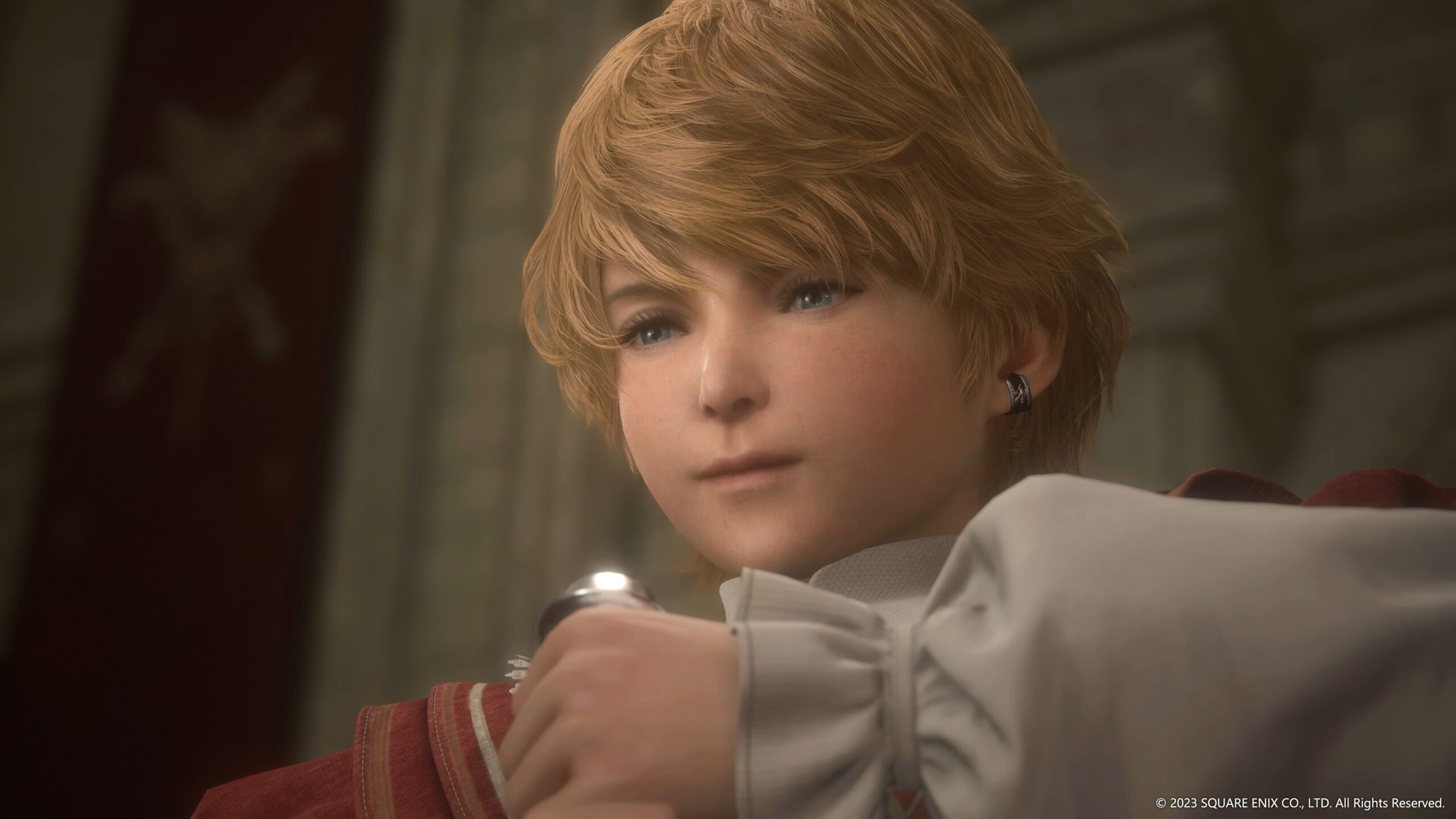
Let’s talk a bit about the specifics of the game, for the benefit of those who haven’t been following along. Final Fantasy XVI places you in the role of Clive Rosfield, a man whose distinctly normal-sounding name feels perfectly natural after just an hour or two of play. The narrative follows his adventures over the course of several different time periods, with the game opening in medias res as he and a squad of other gentlemen named after various Final Fantasy dragons attempt to infiltrate a battlefield.
Before long, things go horribly wrong for Clive — or “Wyvern”, as he is known at this point — and he passes out. We’re then taken to a flashback of thirteen years prior, during which we play as a young Clive on his first mission as a Shield of Rosaria: a sworn protector of the Phoenix’s Dominant, who just happens to be his brother Joshua. We learn that Clive’s father, the Archduke of Rosaria, is a thoroughly nice man, and that his mother is a nasty piece of shit. And then things go horribly wrong for 15 year old Clive, too.
The story then returns to the “present” and we pick up where older Clive left off. The game isn’t done with time-skipping at this point, mind; after some fairly major occurrences towards the end of this first “older Clive” sequence (which is pretty lengthy in its own right, it has to be said) the story skips forward another five years. And with every jump forward in time, the realm of Valisthea is in a worse state.
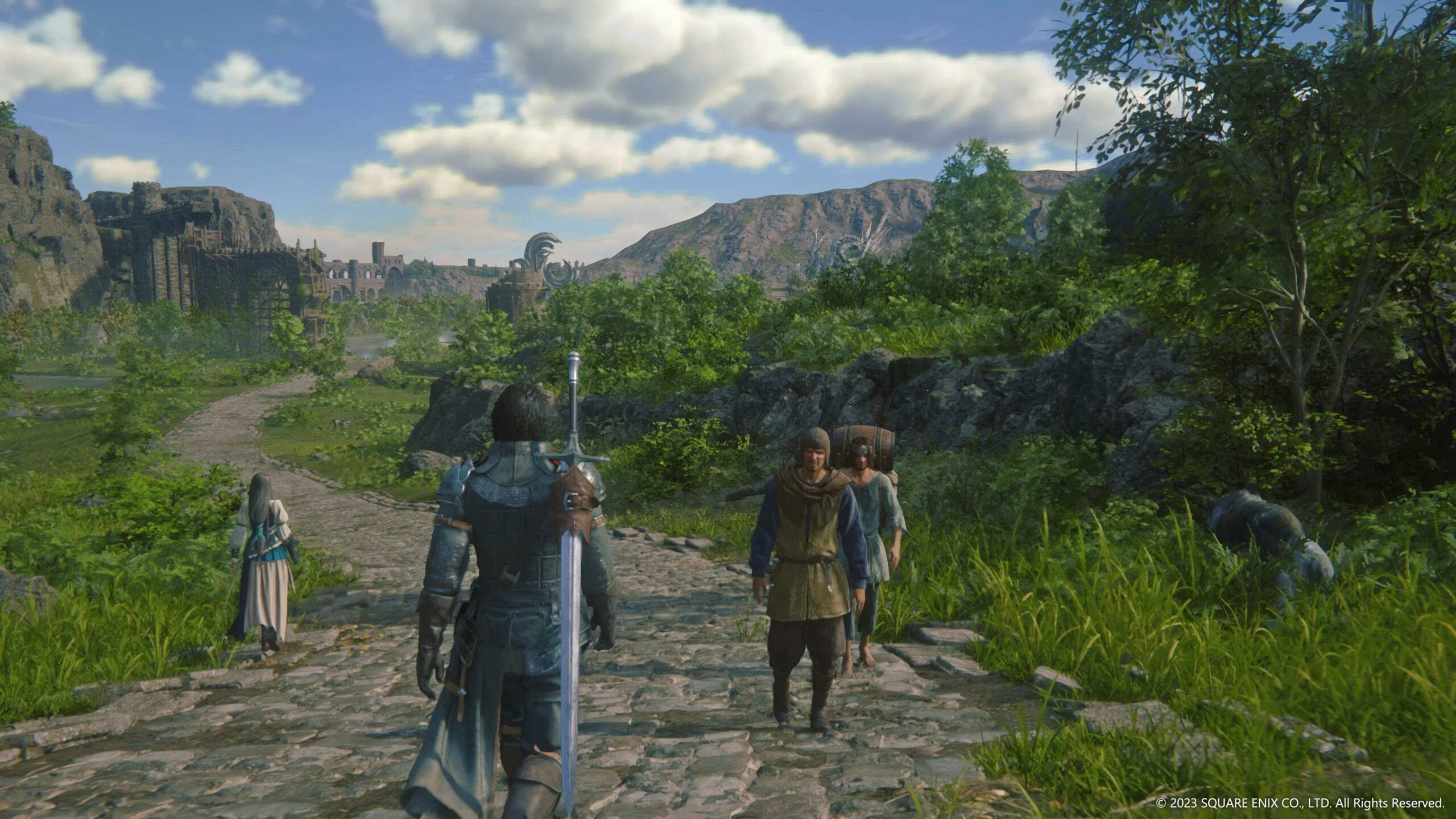
This is one of the most interesting things about Final Fantasy XVI. While the settings of past Final Fantasy games have had their problems to deal with — often to a fairly major degree by their conclusions — they have typically tended to be fairly colourful, vibrant, nice places overall; the sort of world you want to save. In Final Fantasy XVI, meanwhile, Valisthea is not only falling to pieces before humanity’s eyes, what with the huge Mothercrystals sucking the land dry of aether and life, but even without that increasingly urgent issue to deal with, it’s hard to feel like this is a land worth saving in the first place.
Core to Final Fantasy XVI’s narrative is the concept of “Bearers” — people who are able to naturally make use of magic by drawing on the aether from their surroundings. Rather than being celebrated as remarkable, Bearers are pretty much universally treated as scum, usually ending up enslaved to do the bidding of the more powerful members of society. To make matters worse, anyone known to be a Bearer is branded with a mark on their cheek, making it very hard for them to hide their social status.
As Final Fantasy XVI progresses, we see all manner of different ways in which Bearers are mistreated. Even in young Clive’s Rosaria, the closest we get to an “idyllic” setting for much of the game, Bearers are still slaves, albeit ones who are treated relatively well in comparison to some other areas. The justification for this stems from the realm-wide religion; in many areas, the strictest doctrines of said religion have fallen out of favour, but the more… “convenient” elements, such as divinely endorsed slavery, have been kept on.
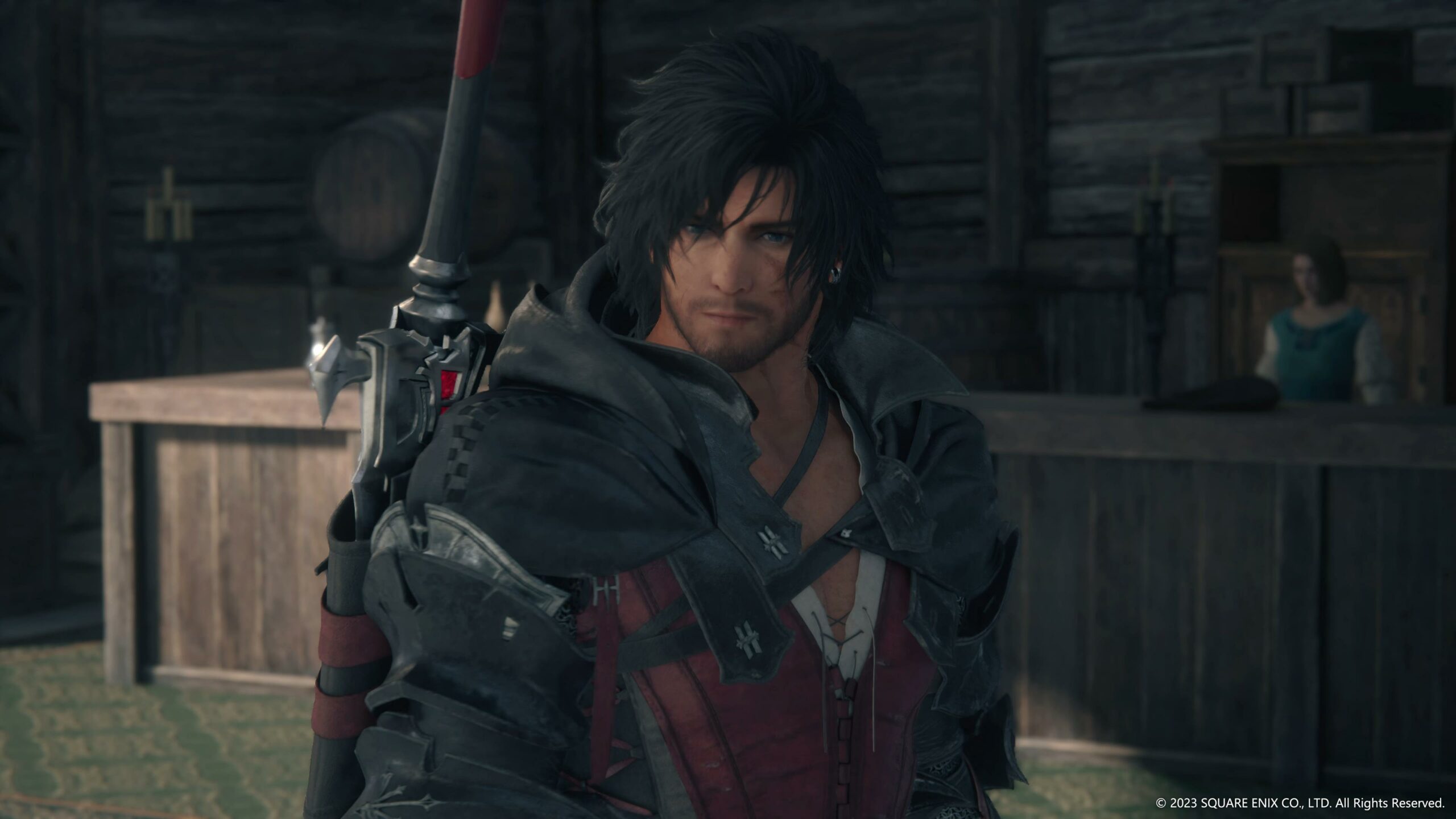
Clive, as a decent sort, sympathises with the Bearers’ lot even as a youngster — and he’s given a first-hand experience of what it means to be one after the disastrous events that conclude young Clive’s chapter. This is one way in which the two older Clive sequences contrast; in the first, he still bears the brand of a Bearer on his face, while in the second, he has had the mark removed. It leaves a distinctive scar on his face, yes, but people, on the whole, tend to treat him a bit more like a human being.
Anyway, to share too much more about Final Fantasy XVI’s narrative is to spoil it completely, and while it is tempting to launch into a full-on in-depth analysis right now, we’ll save that for another time. Suffice to say for now that this is an ambitious, sweeping narrative that, despite its rather medieval-esque setting (with the obligatory Final Fantasy “advanced ancient civilisation” ruins scattered around the place) tackles a variety of themes that are extremely relevant to modern society, ranging from discrimination and inequality to climate change.
And none of these things are approached in a heavy-handed manner; instead, the game takes a contemplative, philosophical approach and in many cases invites the player to make up their own mind how they feel. This is a game that should have books written about it. But I digress.
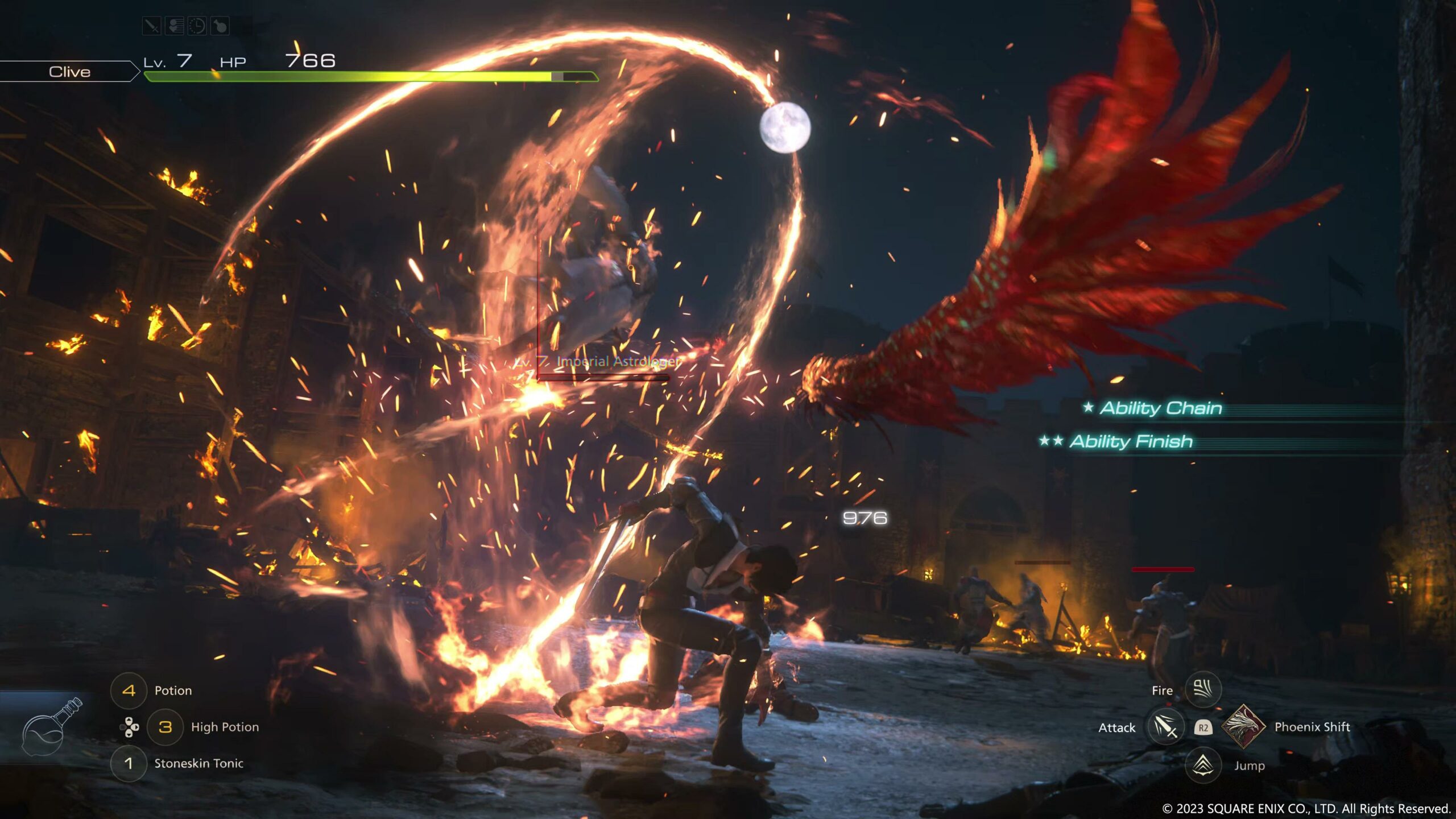
In terms of gameplay, Final Fantasy XVI is sublime. The action combat is smooth and satisfying, yet highly accessible even to those who are less familiar with full-on real-time games. As the game progresses and Clive gains access to more abilities, it becomes possible to chain together some very impressive combinations of attacks, and the encounters are well-designed to encourage you to do more than simply hack and slash — though thanks to the “Timely” accessories, which optionally automate various aspects of the battle system, you can play the game that way should you so desire.
Strong cues have been taken from Final Fantasy XIV in terms of encounter design, with enemies making use of clear tells and visual telegraphs, allowing you to anticipate, avoid and counteract pretty much any attack. While regular enemies can simply be dispatched with relative ease, those with a “stagger bar” will put up more of a fight, and generally demand that you engage with their mechanics a bit more than simply hitting them repeatedly.
Pleasingly, these mechanics-centric fights aren’t restricted to scripted boss fights, either; you’ll find strong enemies just out in the field, and later in the game once the Hunt Board unlocks, you’ll be able to receive significant bounties for seeking out and taking them on.
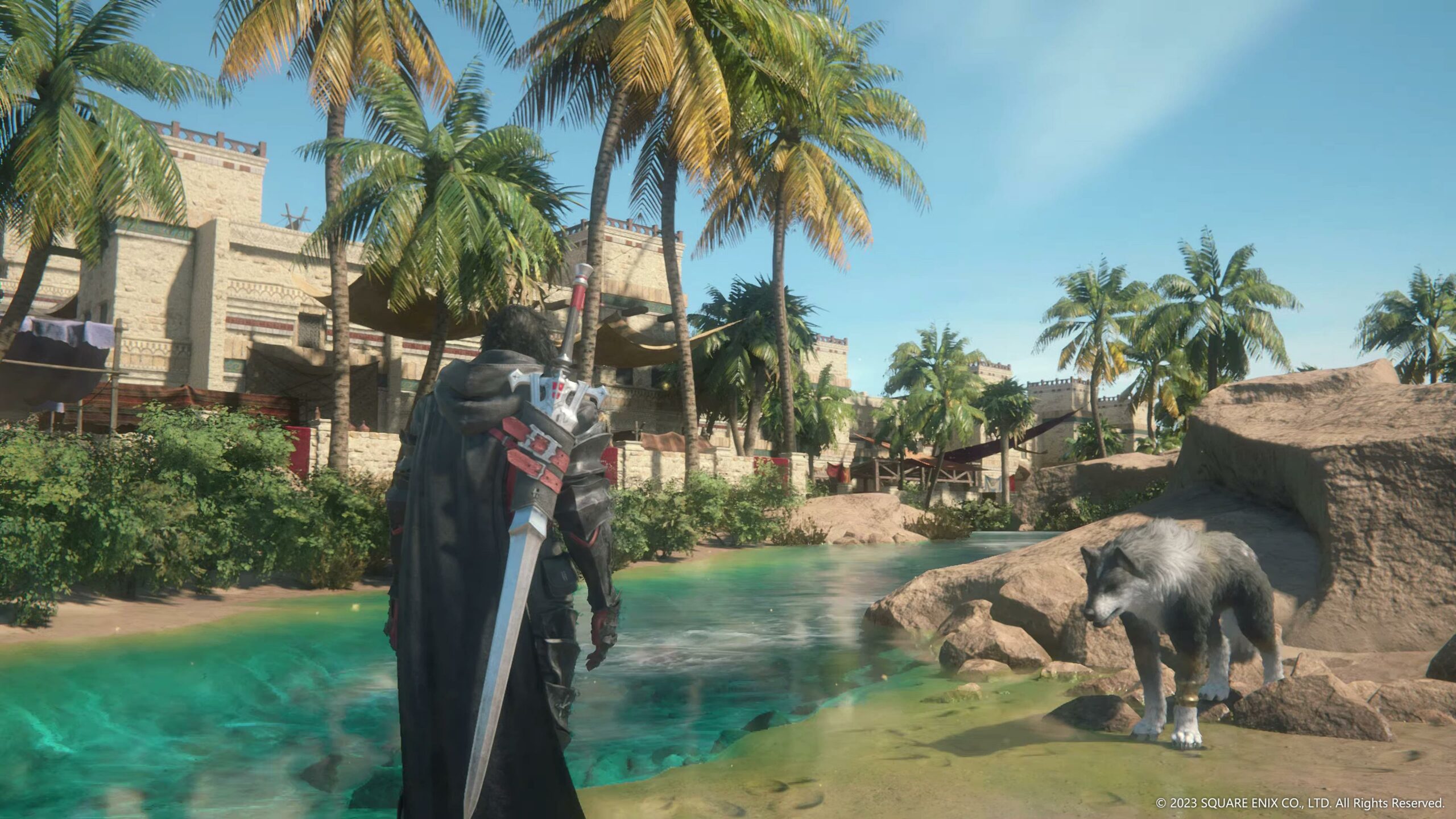
Structurally, Final Fantasy XVI also takes some cues from Final Fantasy XIV. For much of the game, you have a “hub” location with all your main facilities, many of which unlock as the game progresses. From there, you can move out to various “field” locations, which take the form of large, open maps with smaller settlements scattered across them. These areas reward exploration with hidden treasure coffers and optional enemies to fight, and there are also often sidequests to complete in these areas too — though never an excessive amount.
Major story moments, meanwhile, are handled through what the game calls “Stages”, which are essentially analogous to the instanced dungeons and trials in Final Fantasy XIV. These are self-contained areas with scripted battles, typically culminating with spectacular boss encounters. While they can’t be revisited from the world map after you’ve completed them — usually due to said spectacular boss encounters having rather destructive after-effects — they can be replayed from a special stone in the hub location, either in Arcade Mode, where you get scored for your combat techniques as you replay the stage, or in Stage Replay mode, where you can simply revisit the stage and attempt to recover anything you might have missed.
While this does make Final Fantasy XVI’s narrative progression quite linear, the game gradually opens up a bit at a time as you progress, mirroring the increased freedom that Clive has to go about his business in the world as time goes on. This is quite similar to how Final Fantasy XIII handled its core philosophical concepts of determinism — but I suspect it will be much more palatable to many people due to how much more open the field areas feel than Final Fantasy XIII’s notorious “corridor dungeons”.
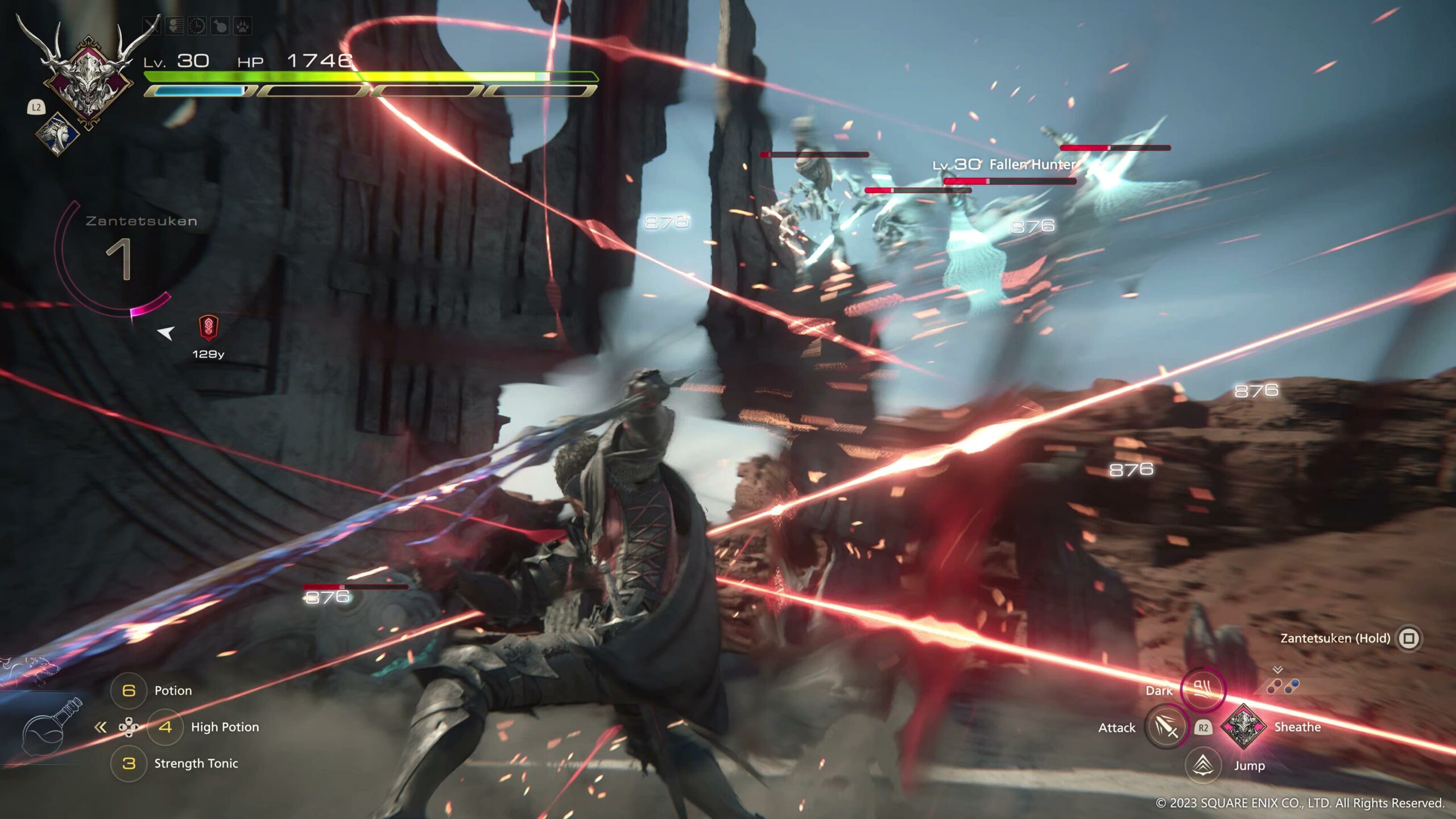
Perhaps best of all, once you beat the game there’s incentive to replay thanks to the unlockable “Final Fantasy Mode”. This is not just a harder difficulty level; rather, it increases the level cap and replaces most of the enemies and bosses in the game with new opponents, making it a mostly new experience worth experiencing for a second time. Combined with the Arcade Mode feature (which has online leaderboards), there’s an absolute ton of replay value in Final Fantasy XVI — but none of it feels like it’s trying to keep you around for “commercial” or “corporate” reasons.
This is how big-budget games should be. They should feel like they’ve had time, effort and money thrown behind them, but they should never feel like the “business” side of things is more important than the “creative” side of things. So many modern triple-A games get that completely wrong, and Final Fantasy XVI puts those titles to shame. It’s an absolutely magnificent video game, and one I hope is looked back on as a major milestone in the series.
Join The Discussion
Rice Digital Discord
Rice Digital Twitter
Rice Digital Facebook
Or write us a letter for the Rice Digital Friday Letters Page by clicking here!
Disclosure: Some links in this article may be affiliate links, which means we may earn a small commission if you make a purchase after clicking on them. This is at no additional cost to you and helps support Rice Digital!
- Letter from the Editor: passing the torch - June 30, 2023
- Super Woden GP 2 is looking promising - June 30, 2023
- Inti Creates is making a 32 bit-style Love Live action platformer - June 26, 2023




